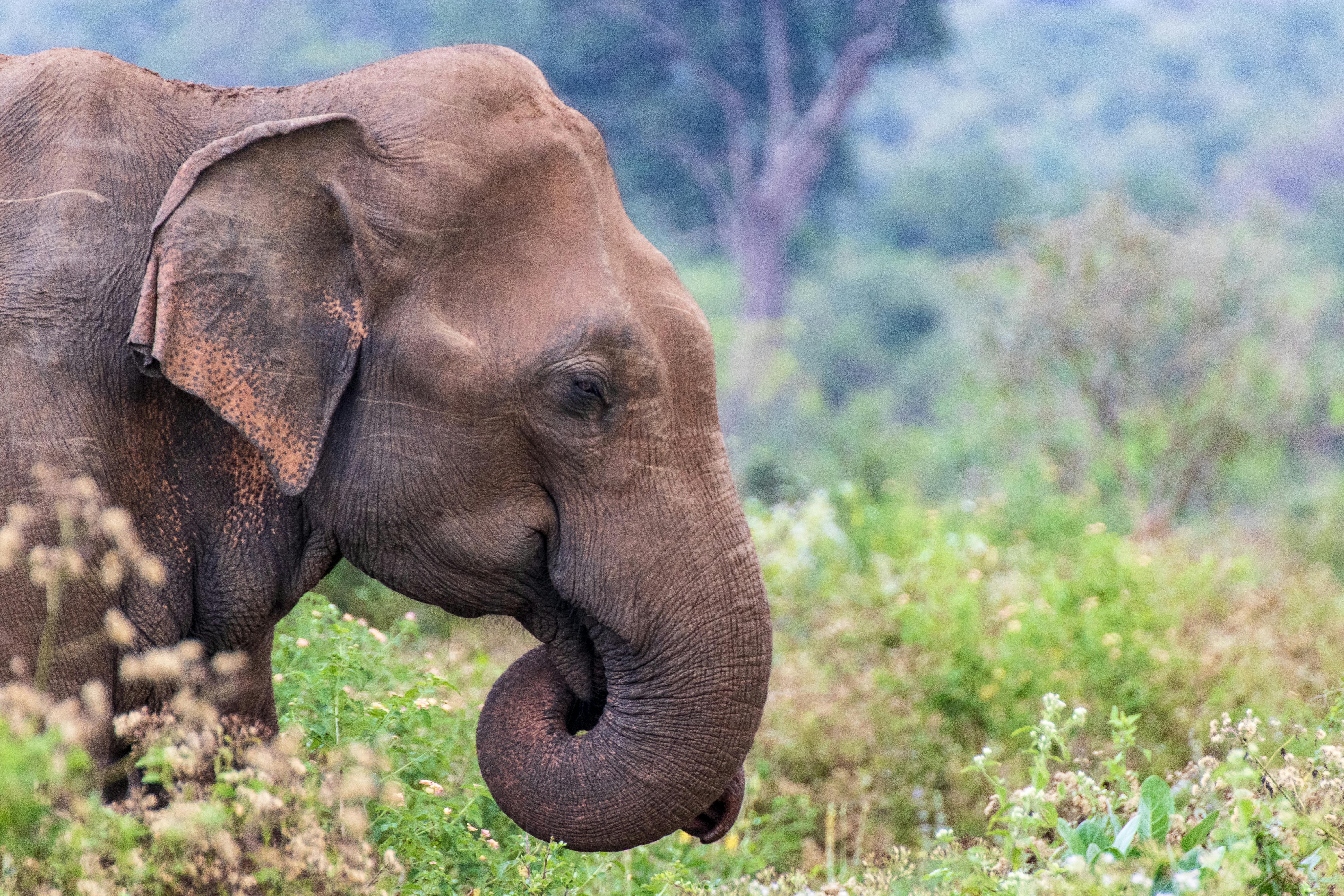How the Asian Elephant is Shaping Conservation Efforts
Asian Elephants, scientifically known as Elephas Maximus, have a rich history that spans several millennia. These colossal creatures have played significant roles in diverse cultures across Asia, revered as symbols of wisdom and power. From gracing the battles of ancient empires to participating in religious ceremonies, they've been integral to human narratives.

The Asian Elephant’s population in the wild was once widespread, extending from Iran to China and Southeast Asia. However, over the last century, their numbers have fallen drastically due to habitat loss and poaching, with an estimated 20,000 to 40,000 individuals remaining today.
Conservation Efforts: Present Day Scenario
The Asian Elephant’s precarious status has spurred a wave of conservation efforts. These initiatives aim to secure their habitats and reduce human-elephant conflict, a significant issue in densely populated regions where elephants and people vie for space and resources.
One groundbreaking project is the Elephant Conservation and Monitoring Units (ECMUs) in Sumatra, Indonesia. These units patrol forests, prevent illegal activities, rescue stranded elephants, and educate local communities about peaceful coexistence.
The Elephant and the Economy: Impact and Pricing
Asian Elephants also contribute significantly to the economy. In countries like Thailand and India, elephants are a major tourist attraction, contributing to local economies and creating jobs.
However, it’s essential to ensure that these tourism practices are ethical and don’t harm the elephants. Several organizations offer training to mahouts (elephant handlers) on humane treatment and care, emphasizing the importance of ethical elephant tourism.
As per estimates, the cost of maintaining an elephant in a sanctuary can range from $18,000 to $60,000 annually, depending on the country and the specific needs of the elephant. This funding comes from a combination of donations, government support, and tourism revenue.
Reliable Research: The Backbone of Conservation
The claims about the Asian Elephant’s declining numbers and the consequent conservation initiatives are backed by extensive research. Organizations such as the World Wildlife Fund (WWF) and the International Union for Conservation of Nature (IUCN) regularly publish reports based on thorough field studies and rigorous data analysis.
These research endeavors are critical in directing conservation efforts, identifying priority areas, and developing strategies to mitigate human-elephant conflict.
The Elephant’s Tale: A Study in Depth and Accessibility
Despite their size and strength, Asian Elephants are remarkably gentle beings. They live in tight-knit matriarchal groups and display complex emotional behavior, much like humans. Understanding these aspects of their nature is crucial in conservation efforts and in fostering empathy among local communities sharing their habitats.
Asian elephants are indeed fascinating creatures. They’re not just the giants of the Asian jungles but are also colossal figures in the fight for wildlife conservation. Their plight highlights the urgency of preserving natural habitats and maintaining the delicate balance between humans and wildlife. Their story is a lesson in coexistence, underscoring the fact that every creature, no matter how large or small, has a crucial role to play in our planet’s grand tapestry.




